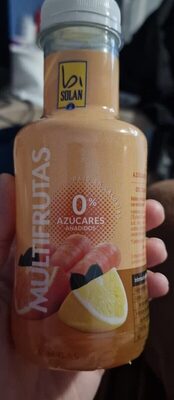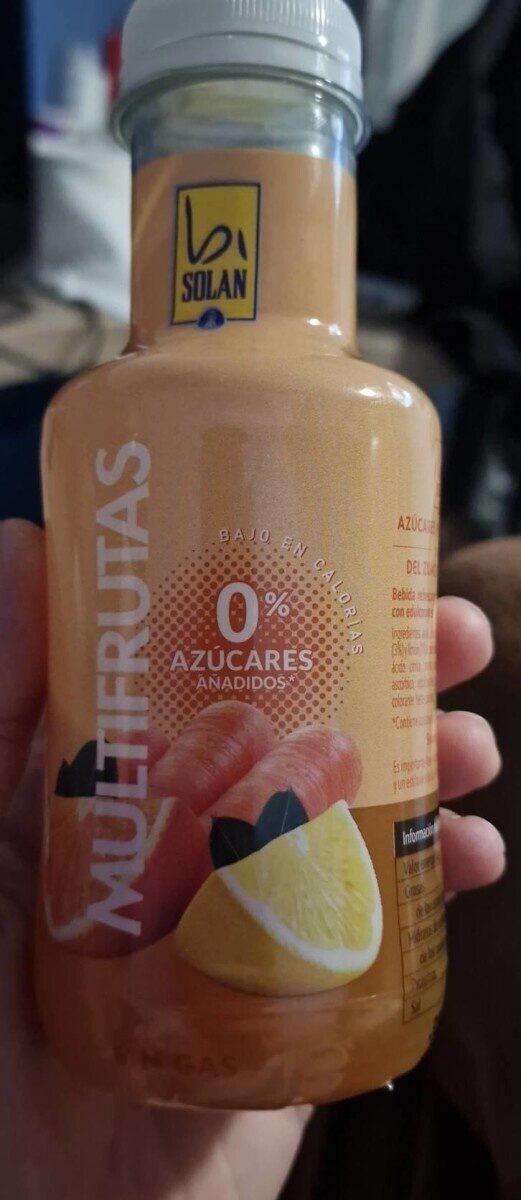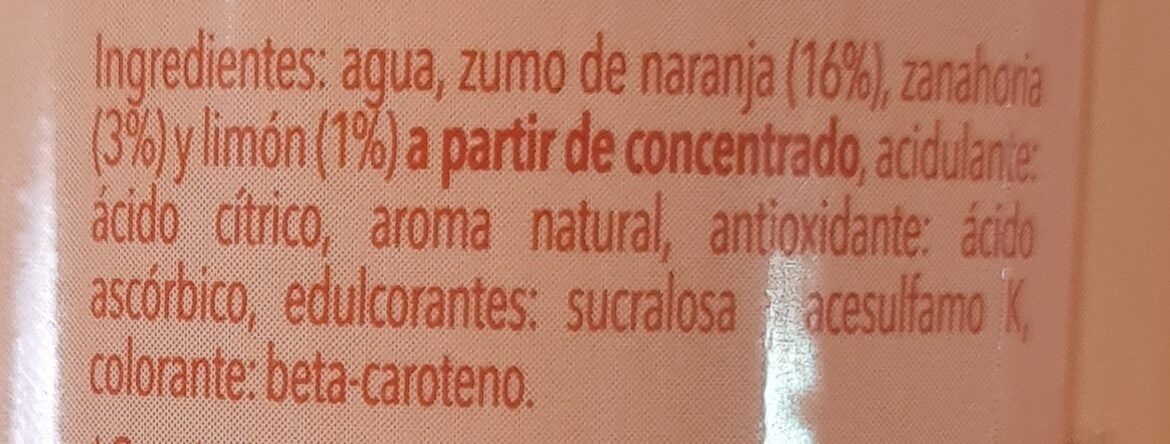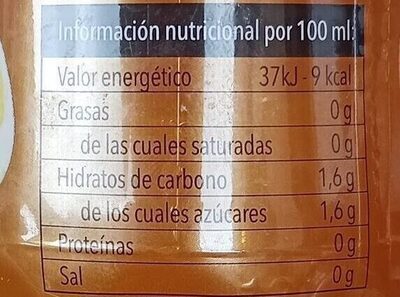Bisolan - Agua Solán de Cabras - 330 ml
Aquesta pàgina del producte no està completa. Podeu ajudar a completar-la editant-la i afegint-hi més dades a partir de les fotos ja disponibles, o fent-ne més amb l'aplicació de androide o iPhone / iPad. Gràcies!
×
Codi de barres: 8411547213402 (EAN / EAN-13)
Quantitat: 330 ml
Marques: Agua Solán de Cabras
Categories: Aliments i begudes amb base vegetal, Begudes, Begudes amb base vegetal, en:Vegetable-based foods and beverages, Begudes carbonatades, Begudes amb base de fruites, Sucs i nèctars, en:Vegetable-based beverages, Begudes ensucrades artificialment, Refrescs, en:Vegetable juices, Sucs de fruita, en:Carrot juices, en:Concentrated carrot juices
Etiquetes, certificacions, premis: Sense sucre afegit
Botigues: Primaprix
Països on es va vendre: Espanya
Matching with your preferences
Entorn
Empaquetament
Transport
Report a problem
Fonts de dades
Producte afegit per kiliweb
Última modificació de la pàgina del producte per teolemon.
La pàgina del producte, també editada per 5m4u9, elcoco, foodvisor, gmlaa, ibai89, smoothie-app, tonelete, vegan-app-chakib, yuka.sY2b0xO6T85zoF3NwEKvlhJ5ecOOpC71CTbjh0iR-4uuDqTuZPJ_7aH5LKg, yuka.sY2b0xO6T85zoF3NwEKvlhNHf_biiwPjBhnVxkayl8uAKrLRMMBOxbH6Das, yuka.sY2b0xO6T85zoF3NwEKvlk1kCYv6-zifFxfhhHWQ2cyiPrrvPN9Csoz9P6s, yuka.sY2b0xO6T85zoF3NwEKvlklkYt3SoinJLBL5p1Kh54y_Jbr4PMhs87ahI6s, yuka.sY2b0xO6T85zoF3NwEKvllVLVPT5pjvOMi3QgnTbxP2VMb72edsq-6GnLas, yuka.sY2b0xO6T85zoF3NwEKvlmx2f93xgRn5Lx_hhBPb593UM7rHQYBixJfZMqs.









